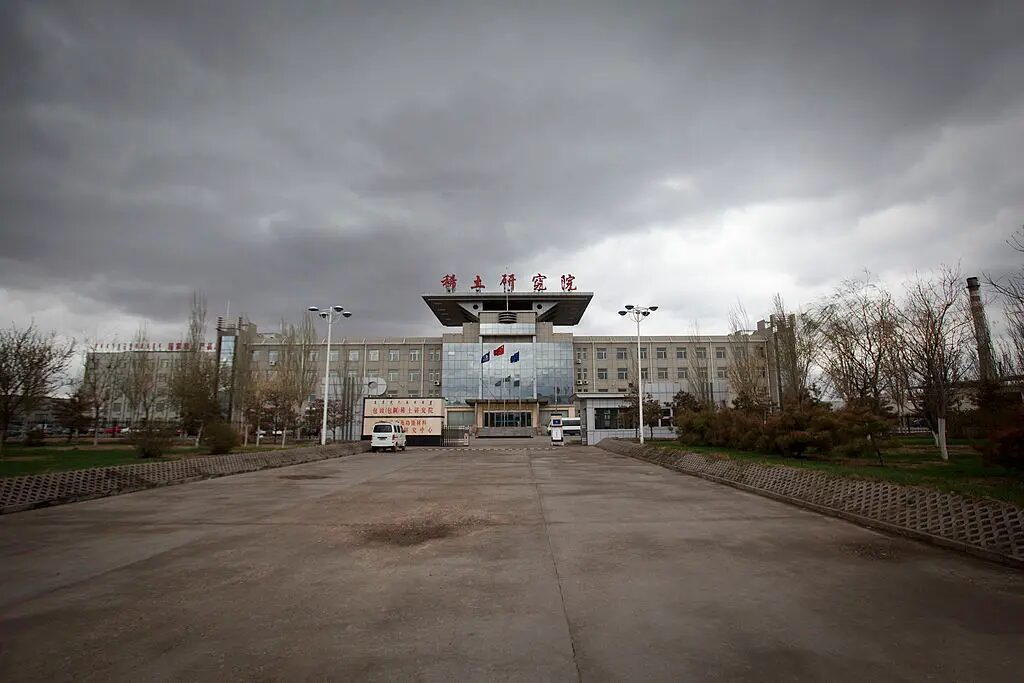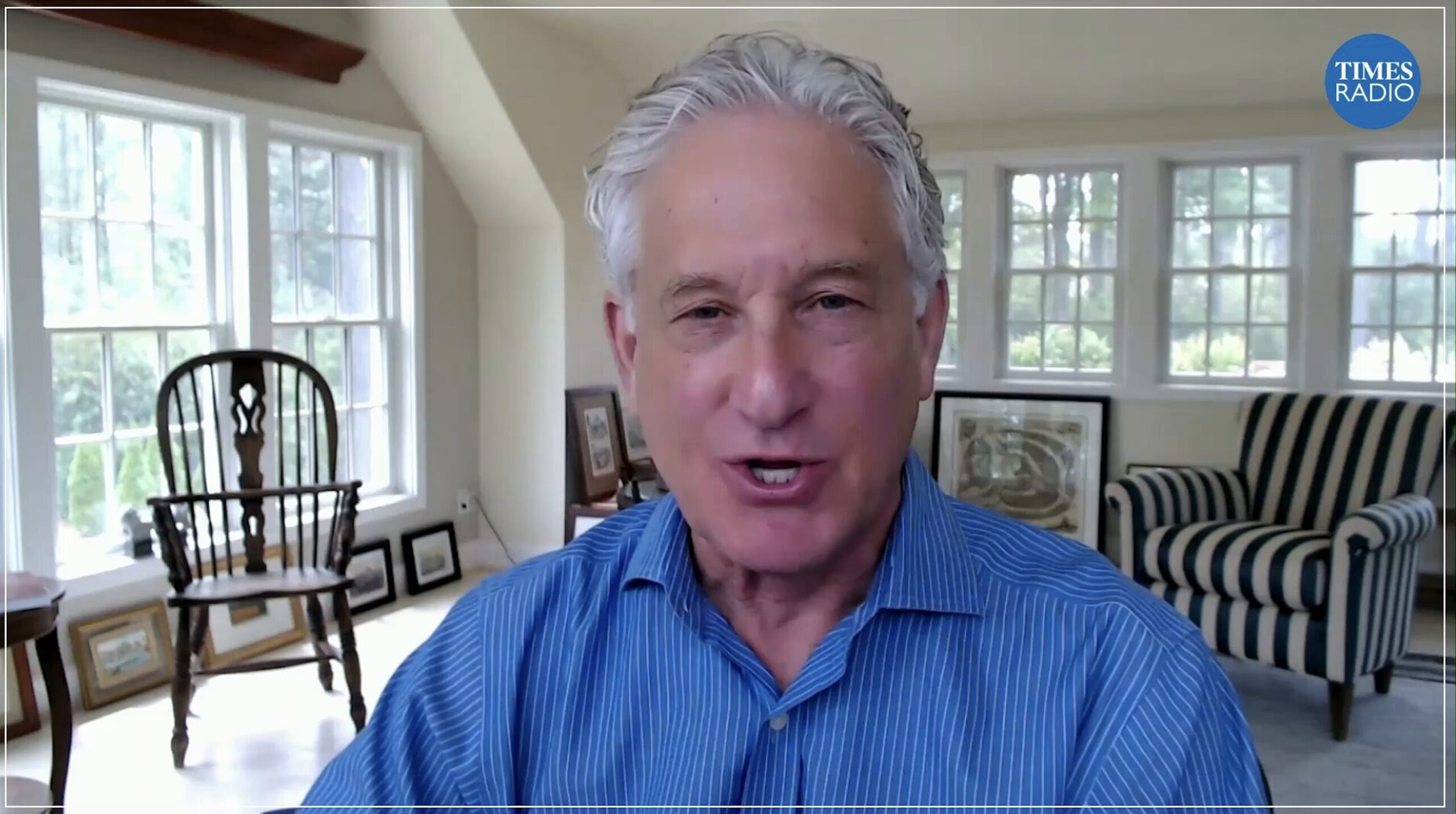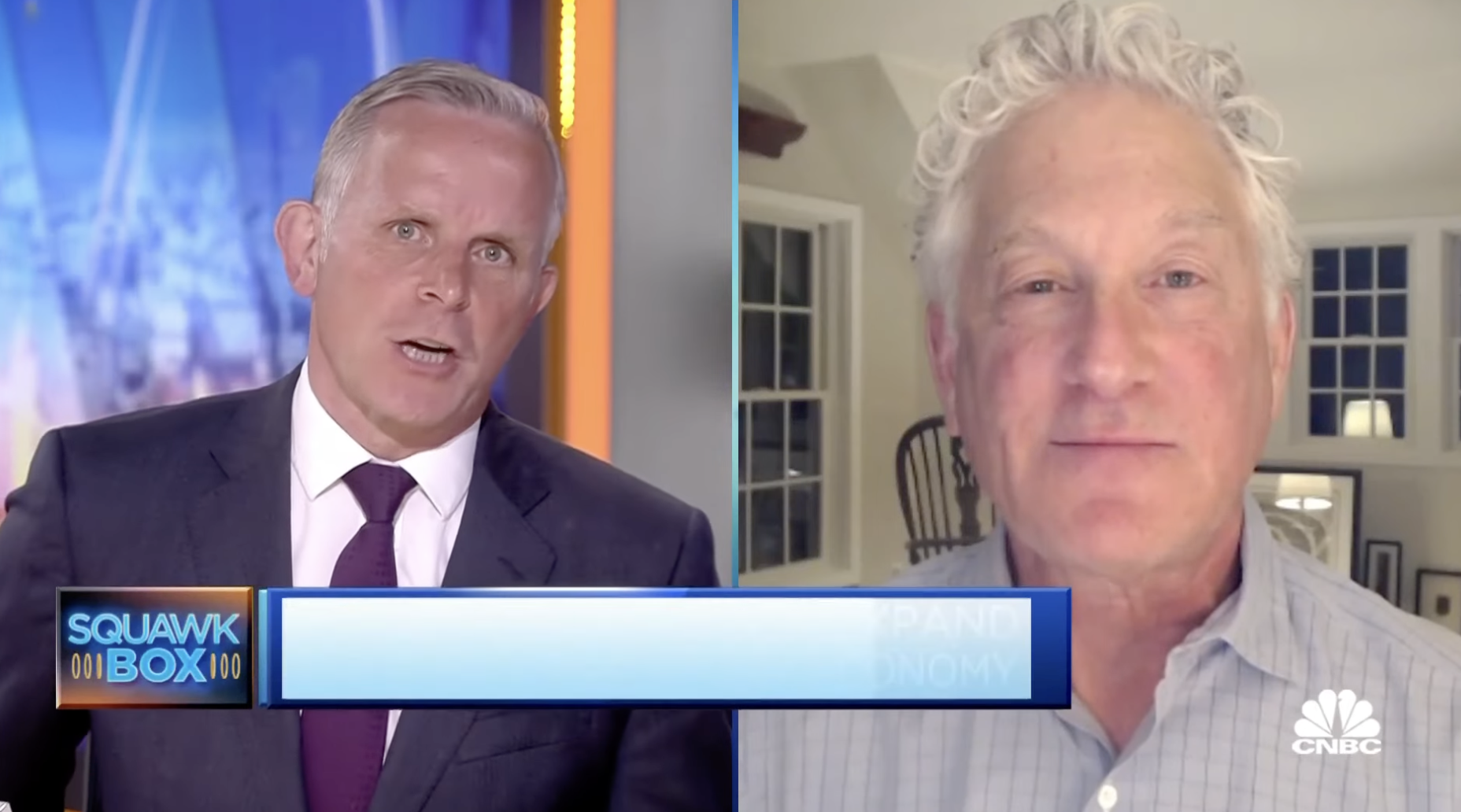Veteran antitrust economists—of which I am one—have been researching, writing, speaking, testifying, and advising on the state of policies governing competition in the U.S. and international advanced and emerging markets for years. As much as we welcome the recent spate of attention to this agenda from the Biden Administration, Capitol Hill, and the media, we’re also worried about how some of Washington’s policy proposals are going to play out.
That’s because changes intended to strengthen the American economy’s competitive forces are out of synch with the day-to-day realities of the underlying dynamics driving the U.S. economy as well as shifts underway in the international landscape in which U.S. firms and their workers compete with their counterparts in foreign countries.
If U.S. antitrust policy makers are not careful or well-equipped to fully understand these subtle and complex matters, they could throw out the baby of American innovation with the bathwater of potential anti-competitive practices.
The Contours of Today’s Antitrust Debate
A few “superstar” technology firms (or “big tech”) have sparked antitrust concerns, especially in the areas of retail, informatics, internet search, social networking, and telecommunications, among others. This has led to a debate about competition in the wake of corporate consolidation and market concentration in the U.S. and other countries of the world.
The debate has grown hotter as a number of trends accelerate: rapid advances in the development and application of most of these technologies; changes in market structure, business models, consumer behavior; and pandemic-driven shifts in the location of the workplace for many employees.
Almost any change in economic activity produces benefits and costs and thus winners and losers. This is true in this case. While certain firms in particular sectors have grown larger, occupy greater market share, and engendered job losses, they have also created new jobs as well as invented new products and services.
The role of antitrust policy, like all public policy, is to minimize the costs and maximize the societal benefits of economic changes. And, if government functions as it should, it is to facilitate the transfer of some of the gains of society’s winners to society’s losers, both to compensate them for their losses as well as to finance retraining or similar activities.
Having served both in the private and public sectors for over three decades during truly significant economic changes, I am not so naïve as to think this construct functions smoothly. Indeed, sometimes it has not really worked at all. But it must be the guiding framework for government actions.
Decades ago in some quarters there was a belief that adherence, if not a return, to a “small is beautiful” economy might have been feasible. It is not at all clear today—even if such a goal were desired—that it would make us better off. There is a strong chance it would worsen our lot in life.
I think it is fair to say that the majority of economic research carried out on the competitive impacts of “big tech” has generally been thoughtful and systematic. This contrasts with research on some other highly charged economic issues.
This stems from the fact that many of the core questions at hand on antitrust and “big tech” are at the forefront of the economics profession. For example, how do you accurately assess the extent and impact of market power arising in an industry where “economies of scale” are not static or linear (the convention) but rather are dynamic and nonlinear because an industry’s product or service becomes increasingly effective and valuable with user growth? The answer is unlikely to be straightforward (pardon the pun).
The Drivers of Biden’s Antitrust Strategy
Against this backdrop, President Biden’s July 2021 “” and his placement or nomination of key antitrust officials unmistakably tell us a lot about the type of competition policy he wants his administration to adopt and enforce: an activist one.
The Executive Order outlines 72 initiatives to be undertaken by a dozen-plus agencies. Biden believes this a “whole-of-government” approach required to reverse economy-wide corporate concentration that he views as producing high prices, low wages, and stifled innovation.
At the heart of these initiatives is a mandate for agencies to undertake reviews and issue new rules to step up enforcement of existing antitrust laws, reduce high levels of structural market concentration, and curb anti-competitive business conduct in a variety of markets (for example, elimination of “non-compete” clauses in employment agreements). The Order also establishes within the White House an interagency “Competition Council.”
The Order could prove to be beneficial in helping to stimulate competition in certain industries and markets in the U.S.; yet it may well also inflict harm. The key is that policymakers—in the executive, legislative and judicial branches, and both at the federal and state levels—need to fully assess the economic and social benefits and costs of applying “remedies” to industries they believe are anticompetitive before any kind of policy decisions are taken. And they must be confident that their assessments are accurate not only in terms of near-term impact but also further down the road.
This is a far taller order than most policy makers realize. This is because the tradeoffs are very difficult and often hard to measure. Perhaps the most obvious in big tech is to ensure sufficient attention is devoted to assessing the role played by such firms as the engines of U.S. innovation in advanced technology and our economy’s long-run competitiveness in the international marketplace. Think China.
It is not enough to focus only on the traditional antitrust or competition policy prism of trying to achieve a balance between mitigating market dominance and improving consumers’ and workers’ welfare. The more fundamental question to be answered is how to enhance competition among U.S. firms and while strengthening incentives for national innovation and bolstering the technological footing of the U.S. globally.
Let us hope the Biden antitrust team is scrupulously mindful of these tradeoffs.
But what happens if they are not?
While some of the policy actions that may stem from Biden’s Executive Order could be implemented—particularly certain initiatives undertaken by the Federal Trade Commission (FTC), an independent agency, and to a lesser extent the Department of Justice’s Antitrust Division (DOJAD)—the reality is that both executive orders and the appointment of certain personnel ultimately can do only so much. And for so long – for example, a duration equal to the tenure of an administration, assuming a subsequent administration issues executive orders rescinding previous ones.
This is because most will likely be administrative actions bound by existing law and thus open to challenge in court. Yet what is often under-appreciated under such scenarios, is that the policy uncertainty engendered during such a period may well affect decisions by investors, businesses, workers, and consumers that could run counter to those otherwise preferred.
There are two instances where antitrust policy actions during Biden’s administration could have a lasting effect.
The first is if the FTC or the DOJAD file lawsuits against certain firms charging them with anticompetitive practices. A recent example initiated toward the end of the Trump Administration was when the FTC and 46 states sued Facebook, accusing the firm of acquiring competitors WhatsApp and Instagram in order diminish competition in the social media industry. The objective was to force Facebook to divest the two entities. (While at present, the lawsuit has been rejected by the court, it is an open question as to whether Biden’s new FTC Chairwoman will refile the case.)
The second is if Congress passes new antitrust legislation that Biden signs. At present, there are three antitrust bills pending in the Senate, the two dominant ones being Senator Amy Klobuchar’s and Senator Josh Hawley’s bills. While not identical in several important dimensions, they are both focused on “big tech”. In parallel, the House is considering five antitrust bills, largely running in parallel with those being considered in the Senate.
What Should Be Biden’s Antitrust Policy Guardrails?
With few exceptions, there is broad agreement that over the last two decades that high-tech industries in the U.S. have become more concentrated in product and geographic terms. The number and size distribution of U.S. technology firms selling a particular set of goods and services, or purchasing certain inputs, including the hiring of specific types of workers, has decreased.
But from an antitrust perspective, one of the key issues is not simply whether a product market is concentrated. Rather, it is whether as result of such dominance, firms operating in such markets can both charge prices in excess of their costs, earning margins higher than what otherwise would be the case if there were more firms in the market, and erect entry barriers, through a variety of behaviors, that prevent potential rivals from operating successfully in the market and compete down those higher margins.
Analogous issues pertain to the labor market in terms of wage rates, flexibility of movement from employer to employer, and so on.
Two critical questions in assessing these issues are: What gave rise to such concentration? And how does that inform policymakers about the potential to engage in anti-competitive conduct?
There are three broad possibilities:
1. High concentration is the result of acquisitions or mergers of otherwise separate firms. If so, most antitrust practitioners believe there is a vital role for antitrust enforcement. That largely has been the case in practice. For many years, the U.S. and other countries have published certain market share thresholds above which acquisition or mergers will be challenged by the authorities. In this context, if one believes the present level of concentration fosters the ability to exercise market power because of its past acquisitions, remedial actions are warranted.
But it also means lessons need to be learned for the future judgments. Answers to the following questions are needed: Did the antitrust authorities at the time of these acquisitions conclude that these transactions were benign competitively? Was it too complex or far out in the future to predict how such acquisitions would play out? Or did they just look the other way?
2. Is there something inherent in a particular industry’s underlying technology that gave rise to extensive “economies of scale” or “economies of scope”— meaning that only an extraordinarily small number of suppliers—even only one—could ever be commercially viable?
A classic example of such a “natural monopoly” industry is local distribution of natural gas. If multiple companies set out to lay numerous networks of natural gas pipelines in one city to supply neighboring households or firms, in short order they will all find they’re simply unable to recoup their costs of “duplicative facilities”. That is why such industries are regulated: In return for being sanctioned as the sole (or one of a select few) supplier(s) in the market, the prices that can be charged are set by a public authority.
Of course, advances in technology can drastically alter the underpinnings of what was once a natural monopoly into a competitive market. Those old enough to remember when telephony service was once provided only terrestrially through lines strung across telephone poles, will recall the Bell Telephone monopoly regulated by the Federal Communications Commission. The advent of cellular telecommunications turned the monopoly structure of the telephony service market on its head.
As I’ve noted above, in the case of today’s “big tech” firms, there are not just the traditional static economies of scale and scope at play; rather, such efficiencies are inherently dynamic.
3. Was market dominance achieved through organic growth, particularly because of innovation that led to the provision of a wholly new product or service? This, of course, is the most challenging case, requiring a weighing of the tradeoffs between market dominance and innovation. Public policy should not penalize firms for being innovative. But if the dominant firm engages in anticompetitive conduct that causes economic injury to competitors, customers or workers, the burden of proof lies with those who would otherwise turn the other direction.
In addressing these questions, consideration of the following issues—which stand at the center of the current fervent debate over “big tech”—is critical:
· What criteria should be used to define the relevant “product market” and “geographic market” boundaries from which economically meaningful market shares and market concentration in the U.S. can be assessed? This raises the thorny issue of how to account properly for the role played by international rivals, including those competitors that are state-owned enterprises.
· What is the most accurate approach to measure the extent to which prices charged and profits earned are above what otherwise would prevail? Developing counterfactuals for such metrics in the delivery of advanced technology services is likely to be very complex.
· How much of the slowness of wage growth in the U.S. can be attributed to the exercise of market power (“monopsony power”) of “big tech” firms in a labor market where there are few other employers present to bid up wages to entice away workers with the skills in question?
· If barriers to entry are being created, how sustainable are they, especially in such sectors where the technology is inherently changing rapidly?
· How should the time-saving efficiencies in retail purchasing introduced in the market by “big tech” firms be factored in as a contributor to boosting productivity in the economy?
The Need for a Sober, Well-Reasoned and Focused Approach
Assessing the competitive impacts of today’s “big tech” firms is no simple matter. While such firms may engender economic and social costs, the bottom-line question is: are the benefits they provide substantially greater? If they are wise, Biden’s antitrust team will take a cautious, deliberative, data-driven, inclusive, and interdisciplinary approach in coming to. Let us hope they do so.
Finally, if some of the real concerns about “big tech” firms is their potential to exercise political power rather than erode competition and decrease consumer and/or worker welfare, the area where public policy may well need to play is less in the realm of antitrust and more in the areas of campaign finance and corruption.






